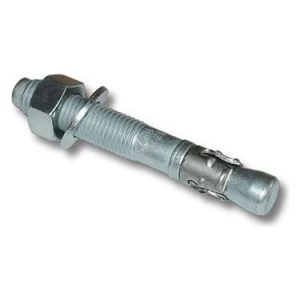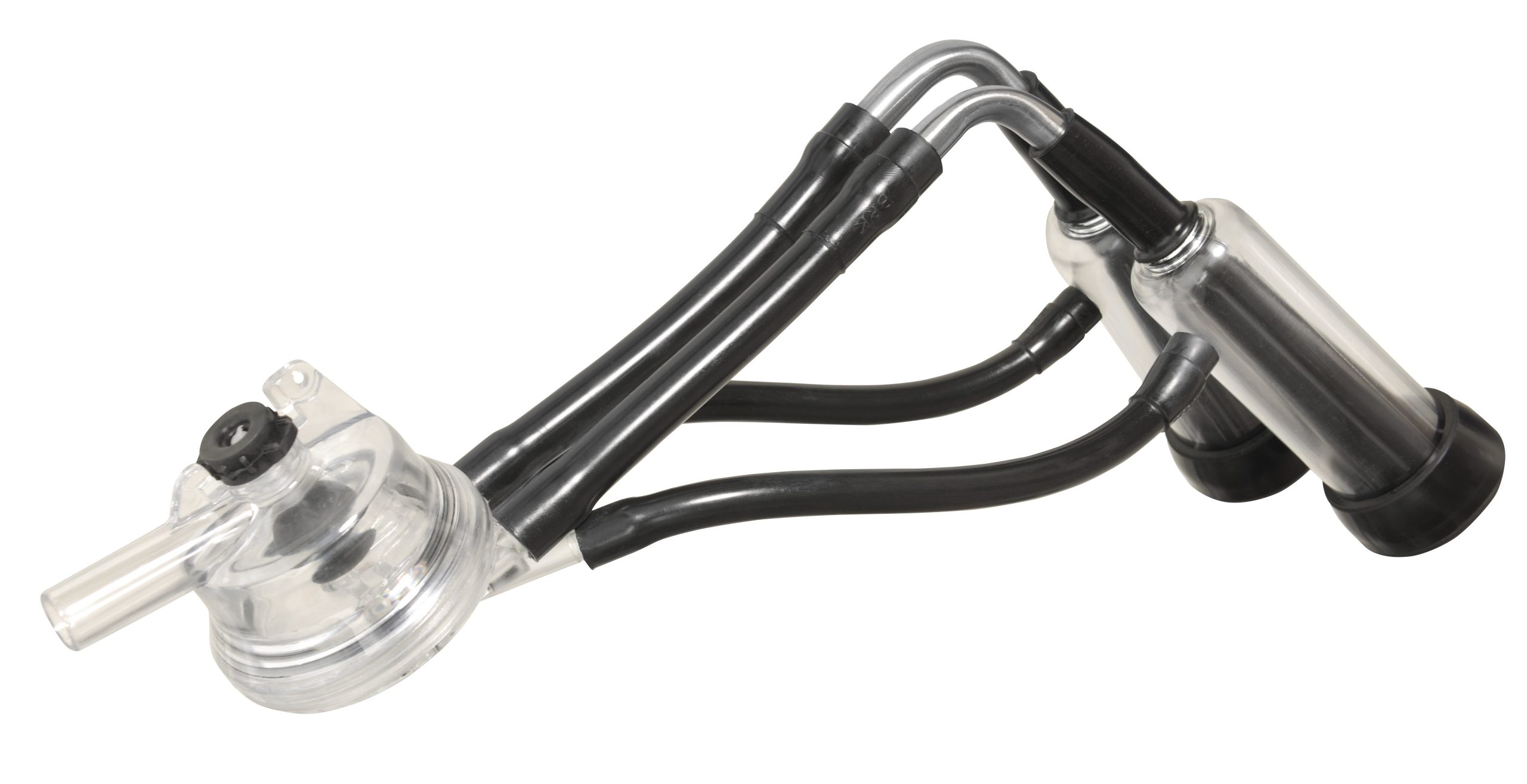Description
Vacuum Pressure Gauge
A manometer is a device that is able to measure the pressure of a medium (a liquid, or a gas), it is also used to check the pressure of cylinder but it can only check the inner pressure not outer.
Any negative pressure significantly below standard atmospheric pressure (760 Torr/mmHg, 29.9 inHg or 14.7 PSI) is considered a vacuum. Vacuum quality is subsequently divided into ranges that are somewhat arbitrary but primarily based on the equipment needed to achieve or measure it.
Because 760mmHg is the pressure of the air on earth relative to the vacuum of space. We call the pressure here normal – that makes a vacuum of 760mmHg the most you can have.
Capacitance Manometers. Direct pressure measurements at atmospheric and medium vacuum pressures can be determined by measuring the deflection of a thin diaphragm, either metallic or ceramic, in an electromechanical diaphragm gauge.
The vacuum reading should jump as the throttle closes, then drop back to its normal idle reading. If vacuum doesn’t increase at least a couple of inches when you release the throttle, you may be looking at worn rings, cylinders or valves. Idle vacuum for most engines is about.
Vacuum gauge or manometer
What is the difference between a manometer and a vacuum gauge? Any pressure measuring instrument is commonly called a manometer. However, the manometer is an instrument that uses a column of liquid to measure pressure. A vacuum gauge is used to measure the pressure within a vacuum space, that is, below atmospheric pressure.
Scale of vacuum gauge
Millimeters of mercury (chemical symbol Hg) is a measure of pressure. It is the pressure corresponding to a depth of liquid mercury. 1 atmosphere is 760 mm Hg. If used with a barometer, it refers to absolute pressure at sea level. If used with a vacuum gage, it usually means how far the vacuum is below the surrounding air outside the vacuum chamber.










































Reviews
There are no reviews yet.